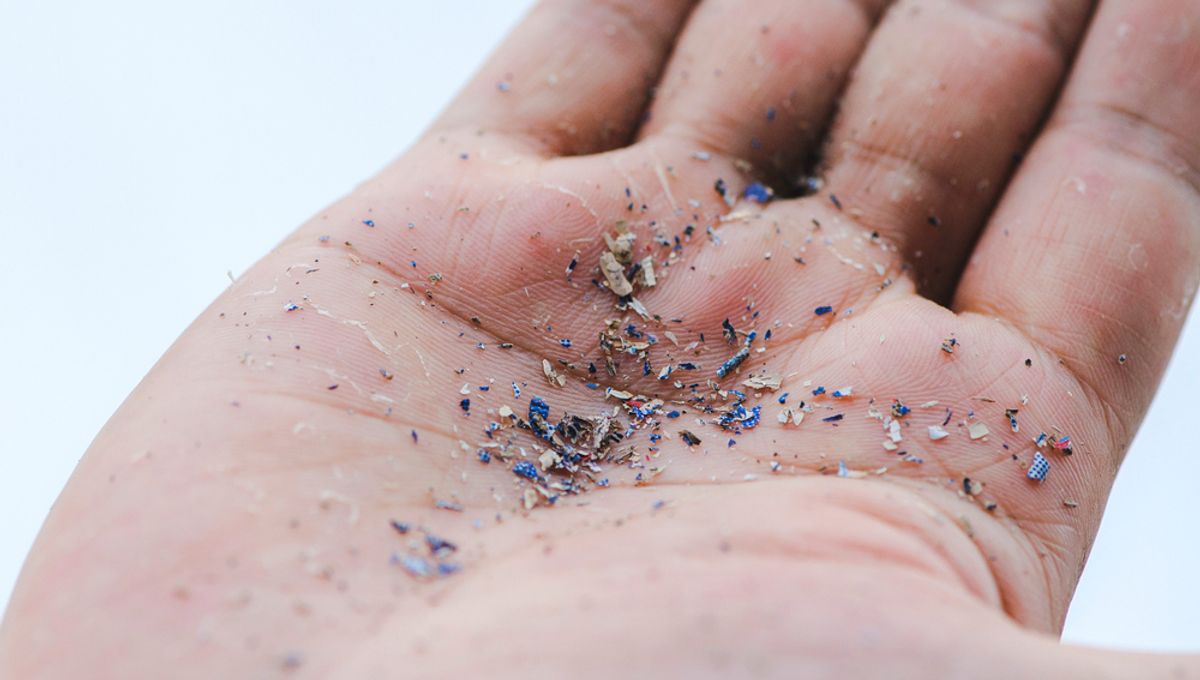A groundbreaking study conducted at Beijing Anzhen Hospital in China has revealed a shocking discovery about microplastics in the human body. The researchers collected cardiac tissue samples from 15 patients undergoing heart surgery, along with blood samples taken before and after the operation.
Using advanced imaging techniques, the team made a startling observation: they found tens to thousands of individual microplastic pieces in most of the tissue samples. This finding, as stated in a press release, suggests that microplastics were present in the patients’ hearts even before the surgery.
Interestingly, all of the blood samples contained microplastics, with the post-surgery samples containing smaller microplastics of various types. This indicates that some microplastics were introduced into the body during the operation.
Further analysis of the tissue samples revealed the presence of nine types of plastic in five different types of heart tissue. Remarkably, some of these microplastics were found to be already present before any surgical procedure took place.
The researchers identified microscopic particles of poly(methyl methacrylate), a plastic commonly used as a shatter-resistant alternative to glass, in specific areas of the heart tissue. They concluded that these particles could not be attributed to accidental exposure during surgery. Other types of plastic, such as polyethylene terephthalate and polyvinyl chloride, were also found in the samples.
The study authors express their concern about the detection of microplastics in cardiac tissues and call for further research to investigate how these particles enter the heart and their potential long-term effects after surgery.
Microplastics have been found in various environments across the globe, from the icy landscapes of Antarctica to the snowy regions of the Arctic. Now, mounting evidence suggests that microplastics are also becoming increasingly prevalent in the human body. Scientists have discovered microplastics in human feces, indicating their presence in the gut, as well as in other organs and tissues, including human placentas.
The impact of microplastics on animal health is still a topic of debate and not fully understood. However, emerging evidence suggests that these particles have a detrimental effect.
Considering that plastics have only been mass-produced for less than a century, it is astonishing how pervasive microplastics have become.
The study has been published in the journal Environmental Science & Technology.








